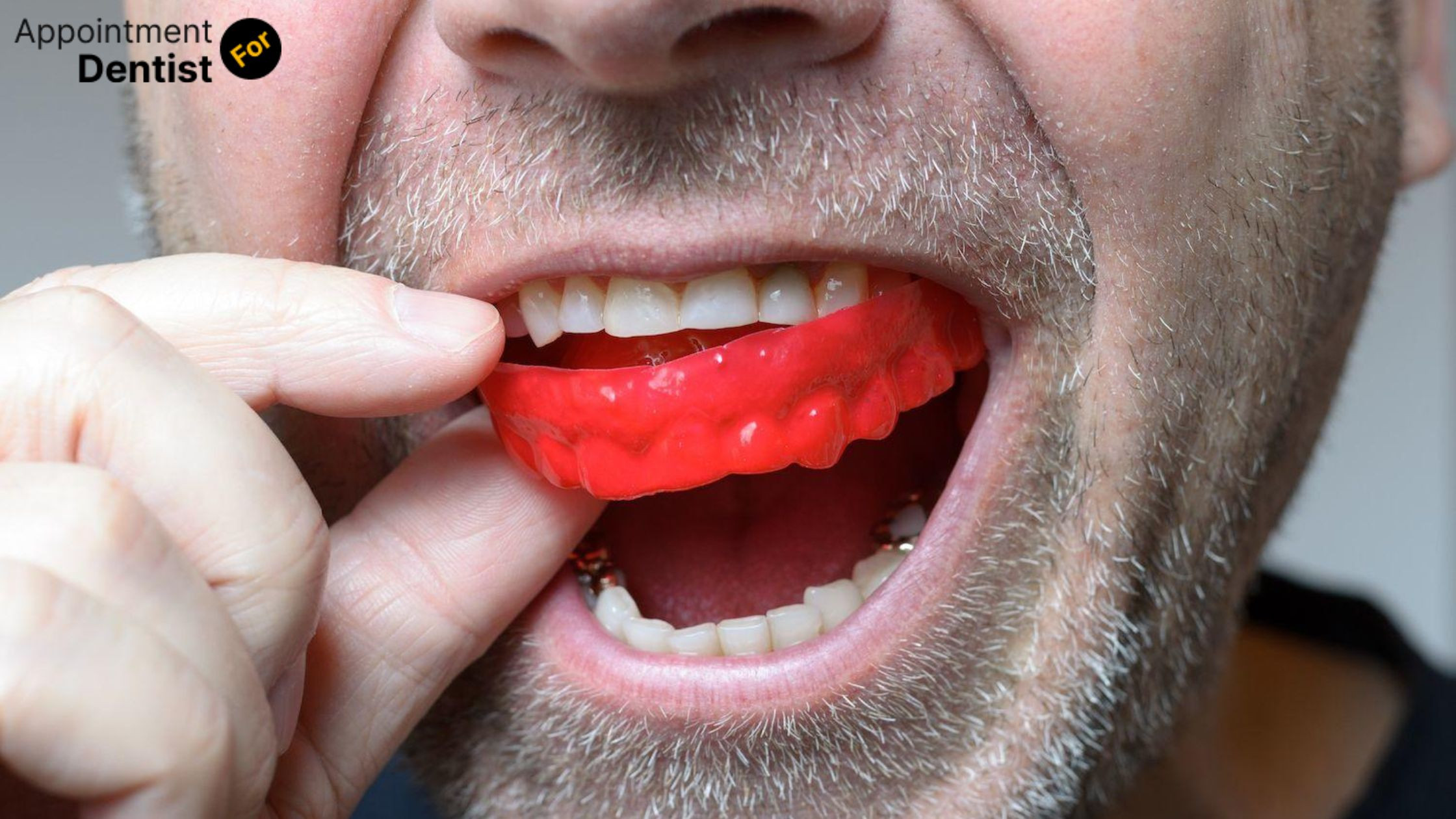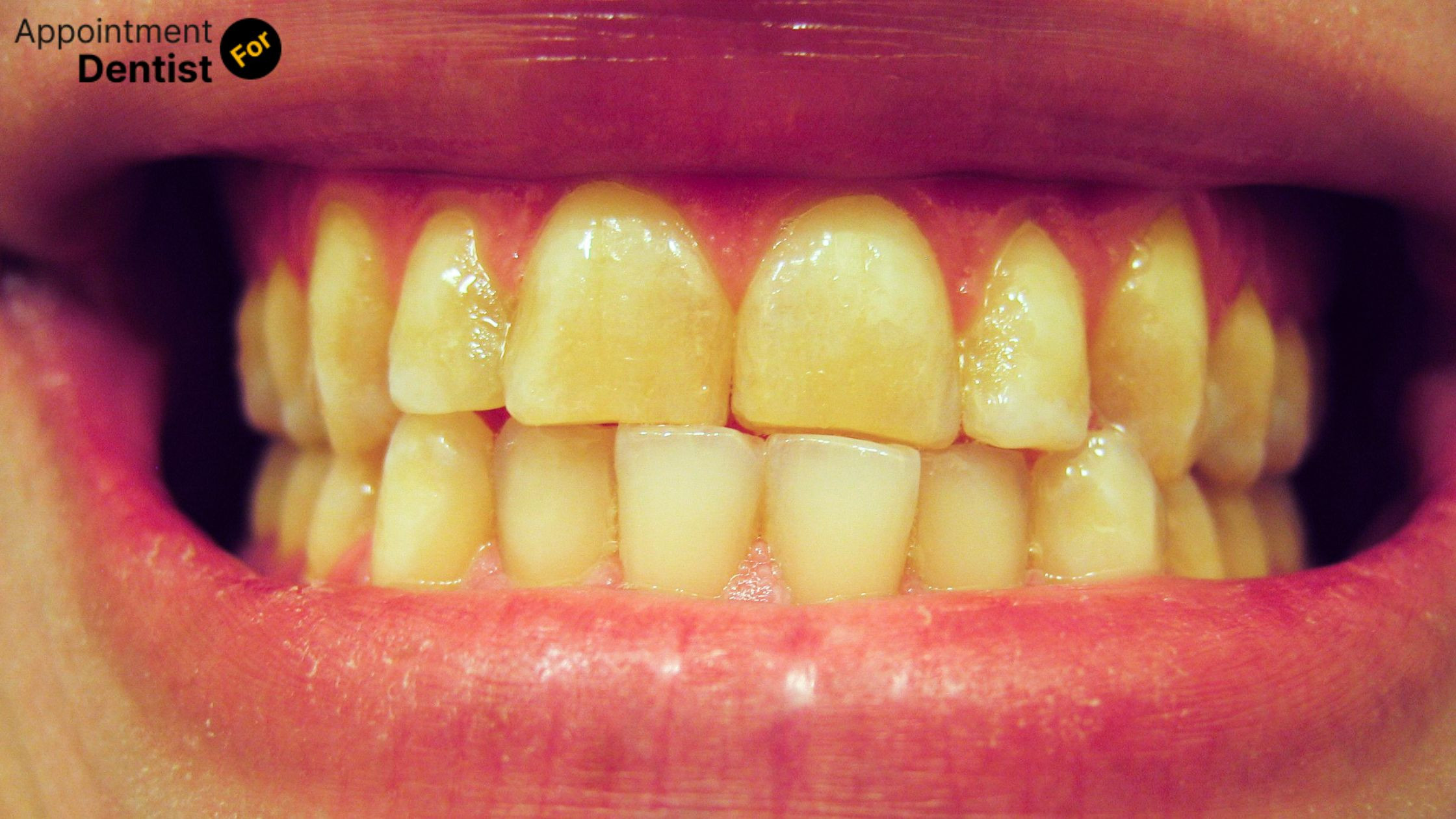How to Manage and Treat Bruxism (Teeth Grinding)
Posted on July 18, 2024 by Admin

Bruxism, commonly known as teeth grinding or jaw clenching, is a condition characterized by the involuntary grinding, gnashing, or clenching of teeth. It often occurs unconsciously during sleep (sleep bruxism) but can also occur while awake (awake bruxism). This repetitive behavior can lead to various dental problems, jaw disorders, and headaches if left untreated. Understanding the causes, symptoms, diagnosis, and effective treatment options for bruxism is essential for managing this condition and preventing its potential complications.
Understanding Bruxism
Bruxism involves the repetitive clenching or grinding of teeth, which can exert excessive pressure on the jaw muscles and teeth. While occasional teeth grinding may not cause harm, persistent or severe bruxism can lead to dental damage, jaw disorders (such as temporomandibular joint disorder, TMJ), and discomfort.
Causes of Bruxism
- Malocclusion: Poorly aligned teeth (malocclusion) can cause bruxism as the jaw tries to find a comfortable position.
- Lifestyle Factors: Habits like excessive alcohol consumption, smoking, or caffeine intake can exacerbate bruxism.
Also Read: What You Need to Know About Temporomandibular Joint Disorder (TMJ)
Symptoms of Bruxism
Identifying the symptoms of bruxism is crucial for early intervention. Common signs and symptoms include:
- Grinding or Clenching: Audible grinding sounds during sleep or jaw clenching while awake.
- Worn Down Teeth: Visible wear and tear on teeth, enamel erosion, or flattened tooth surfaces.
- Jaw Pain or Soreness: Pain or stiffness in the jaw joint (TMJ) and surrounding muscles.
- Headaches: Persistent headaches, particularly upon waking up in the morning.
- Facial Pain: Pain in the face or ear area due to excessive muscle tension.
- Disrupted Sleep: Partners or family members may notice the grinding noises at night.
Diagnosis of Bruxism
Diagnosing bruxism typically involves a dental examination and evaluation of symptoms. The dentist may:
- Visual Examination: Check for signs of teeth wear, jaw tenderness, or muscle enlargement.
- Dental History: Inquire about symptoms, oral habits, and potential triggers such as stress or medication use.
- Sleep Study: If sleep bruxism is suspected, a sleep study (polysomnography) may be recommended to monitor muscle activity during sleep.
Treatment and Management of Bruxism
Effective management of bruxism aims to alleviate symptoms, prevent dental damage, and reduce the frequency of teeth grinding episodes. Treatment options include:
- Mouthguards or Splints: Custom-fit night guards (occlusal splints) or mouthguards can be worn during sleep to protect teeth from grinding and clenching, and to help relax the jaw muscles.
- Stress Management: Techniques such as relaxation exercises, meditation, or counseling can help reduce stress and anxiety, which are common triggers for bruxism.
- Behavioral Therapy: Cognitive-behavioral therapy (CBT) may be beneficial in addressing the underlying psychological factors contributing to bruxism.
- Medications: In some cases, muscle relaxants or medications to manage anxiety or depression may be prescribed, especially if bruxism is severe or associated with other conditions.
- Dental Treatments: Correcting dental misalignments or restoring damaged teeth can help alleviate symptoms of bruxism.
- Lifestyle Changes: Avoiding stimulating substances like caffeine or alcohol close to bedtime, and practicing good sleep hygiene can also contribute to reducing bruxism episodes.

Also Read: Addressing Oral Thrush: Causes and Effective Treatments
Complications of Untreated Bruxism
If left untreated, bruxism can lead to serious dental and health complications, including:
- Tooth Wear and Damage: Severe grinding can wear down tooth enamel, leading to tooth sensitivity, fractures, or even tooth loss.
- Jaw Disorders: Chronic bruxism can contribute to temporomandibular joint disorder (TMJ), causing jaw pain, clicking or popping sounds, and difficulty chewing.
- Headaches and Facial Pain: Persistent muscle tension from bruxism can cause chronic headaches and facial pain.
- Sleep Disturbances: Bruxism can disrupt sleep patterns, leading to daytime fatigue and irritability.
Prevention of Bruxism
While not all cases of bruxism can be prevented, adopting healthy habits and stress-reduction techniques can help minimize its occurrence:
- Stress Management: Practice relaxation techniques such as deep breathing, yoga, or meditation to reduce stress levels.
- Avoid Stimulants: Limit consumption of caffeine, tobacco, and alcohol, especially close to bedtime.
- Regular Dental Visits: Schedule regular dental check-ups to monitor for signs of bruxism and address any dental issues promptly.
Conclusion
Bruxism, or teeth grinding, is a common condition that can lead to significant dental problems and discomfort if not managed effectively. By understanding the causes, recognizing symptoms, seeking early diagnosis, and implementing appropriate treatment options, individuals can effectively manage bruxism and improve their oral health and overall well-being.
If you suspect you have bruxism or experience symptoms such as teeth grinding, jaw pain, or headaches, consult with a dentist or healthcare provider for evaluation and personalized treatment recommendations. Early intervention can help prevent dental complications and alleviate symptoms associated with bruxism, promoting long-term oral health.
Faqs
-
1. What causes bruxism?
Bruxism can be caused by various factors including stress, anxiety, dental misalignment (malocclusion), sleep disorders like sleep apnea, and certain medications.
-
2. What are the symptoms of bruxism?
Symptoms include teeth grinding or clenching (often noticed by a partner), worn-down teeth or enamel, jaw pain or stiffness, headaches, facial pain, and disrupted sleep.
-
3. How is bruxism diagnosed?
Bruxism is diagnosed through a dental examination that may include checking for signs of teeth wear, jaw tenderness, and evaluating symptoms reported by the patient or observed by others.
-
4. What treatments are available for bruxism?
Treatment options include wearing a custom-fit mouthguard or splint to protect teeth, stress management techniques like relaxation exercises or therapy, medications in some cases to reduce muscle tension, and addressing dental issues like malocclusion.
-
5. Can bruxism be cured?
Bruxism can often be managed effectively through interventions such as mouthguards, stress reduction, and dental treatments. While it may not always be completely cured, symptoms can be significantly reduced with appropriate management.
Recent Post
- The Importance of Oral Health Education for Children
- How to Choose the Right Orthodontic Treatment for Adults
- The Link Between Oral Health and Stroke Risk
- How to Address and Prevent Gum Recession
- Innovations in Dental Anesthesia: Pain-Free Procedures
- The Role of Saliva in Oral Health: Functions and Disorders
- Exploring Holistic Dentistry: What You Need to Know
- How Oral Health Affects Your Immune System
- The Benefits of Using Dental Probiotics
- Oral Health and Pregnancy: Myths and Facts